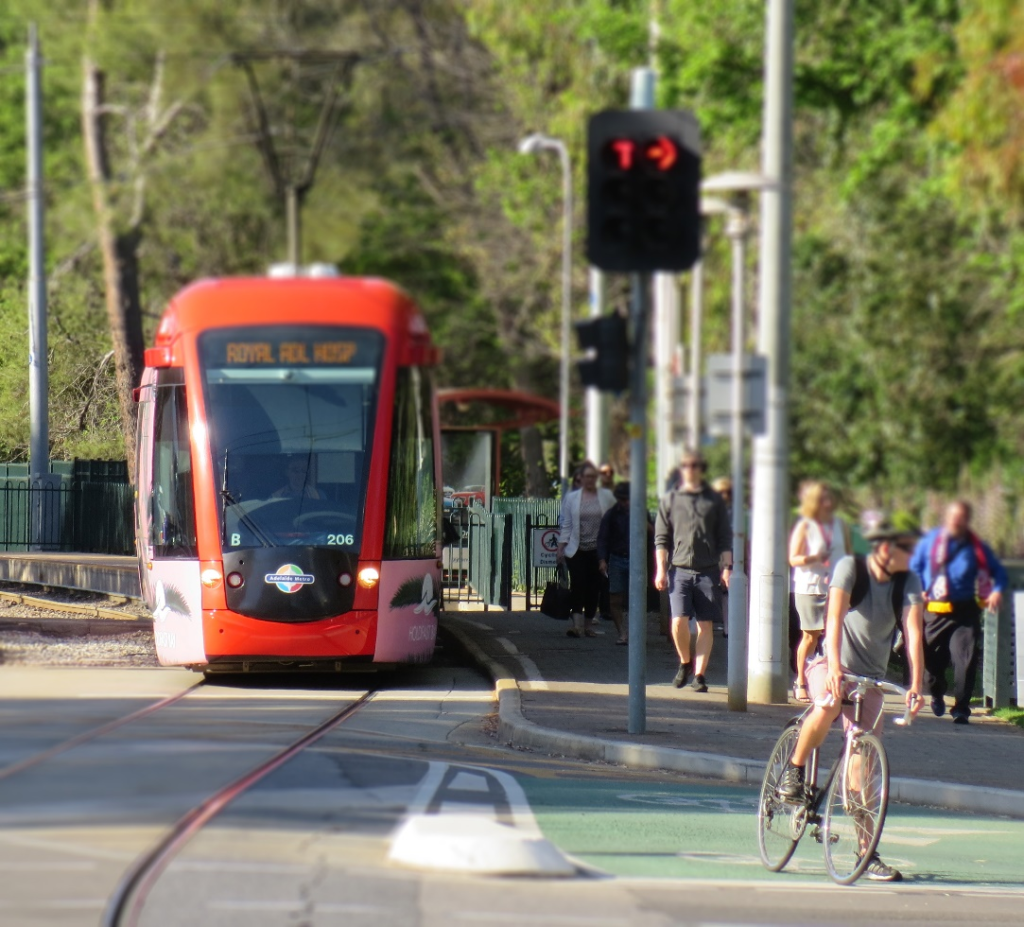City Know-hows

Target audience
Urban researchers and specialists (urban planners and designers), policy-makers, municipalities, as well as general audiences, particularly those interested in healthy cities and public health.
The problem
The COVID-19 outbreak resulted in severe consequences in the medical field and other areas, including urban planning, education, society, economy, etc. These effects put people’s lives at risk around the globe. Although plenty of studies have been carried out in this area, the lack of a comprehensive guide is the main obstacle to adopting appropriate strategies and policies in cities and urban areas.
What we did and why
The aim of this study was to conduct a systematic review of published research articles on ” COVID-19 and urban studies.” This was done by selecting 63 high-quality articles and analyzing their content based on “publisher,” “origin of research,” “methodology,” “scale,” “subject,” and “solutions.” We believe the thematic classification of the investigated topics and the proposed solutions can be helpful and practical tools for urban researchers and policymakers.
Our study’s contribution
In terms of urban design and urban space:
In terms of physical-spatial and social dimensions along with resilience literature:
Impacts for city policy and practice
Planning and designing urban spaces with a focus on social interactions using creative approaches is the priority in urban planning and design. It also requires exploring scenarios based on place, sustainability, and resilience, as well as government policies for public welfare and the use of collaborative design. Thematic recommendations have also been provided in housing and architecture, smart cities and technology, urban management, environmental sustainability, transportation, and socioeconomic issues.
Further information
UN report: COVID-19 in an Urban World; UNESCO: Cities’ responses to COVID-19; WHO: COVID-19 and social determinants of health, Urban Health; UN-Habitat: Urban Health
Full research article:
COVID-19 and cities: a systematic review of early urban studies by Maryam Roosta, Alireza Gholami & Fatemeh Shahvaran
Related posts

Year-long road closure to Mainkai riverfront in Frankfurt demonstrated more active public space usage, especially during COVID-19 lockdown. Our study looks at the +45% cyclists, +20% pedestrians and + 1150% children cycling on the street.

Through a literature review, we summarize key contributing factors of healthy, climate resilient urban environments and how these have been measured. Our study adopts a holistic approach to explore how health and climate change co-benefits could be monitored and achieved in cities. We identify indicators that have been used to measure how policies and built environments support healthy, climate resilient cities. This provides valuable insights for planning, prioritization and monitoring of cities internationally.

Evidence overwhelmingly suggests that the built environment has an impact on people’s health, particularly in terms of noncommunicable diseases such as asthma, diabetes and poor mental health. However, health is rarely prioritised in urban planning decisions at present, and earlier work by this research group has shown that senior decision-makers feel they lack the power to influence planning and policy decisions in order to improve the situation. This intervention area adds to the wider research programme, which is focused primarily on the delivery of quantifiable socio-environmental and health economics valuations. People make decisions not just based on economic valuation, so an understanding of why people make decisions and how those decisions can change is essential. This paper describes the methodology that will be used to develop this intervention. Findings will be published later.